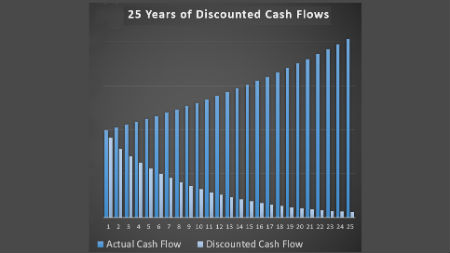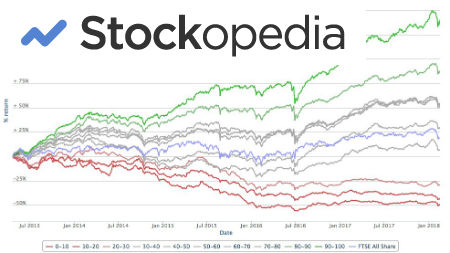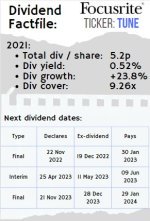Peter Thornhill: Debt Recycling strategy
by Darren
(Newcastle)
We own our house (discharged mortgage) yet find Peter Thornhill's Debt recycling strategy to build a share/LIC portfolio totally fascinating. Are you able to give us a better understanding of setting up a line of credit or at least how to calculate the "2-3 years of dividends loan size" as per Peters suggestions?
ANSWER FROM PETER THORNHILL (received 25th Jan 2019):
With a debt-free home the strategy is even simpler:
You put up the property as security for a line of credit. This ensures your interest cost will be a lot less than a margin loan where the shares are used as security.
It also means you will never have a margin call.
Theoretically the loan should be at the best home loan rate the bank has to offer as the security is exactly the same as if you were borrowing to buy a property.
Also, the amount will be nothing like a 'home loan' so the banks security is very high.
Look at a principal and interest loan as they will try and charge you more for an interest-only loan.
Despite all that they will try and stitch you up with a more expensive rate so negotiate hard or use a mortgage broker.
Point out to the bank that if they deal with you direct they won't have to pay a trail commission to the broker!
Back to the main game; the loan interest will be tax deductible as will any other costs associated with the transaction as it is being used to purchase income producing investments.
Without a mortgage, the dividends can be streamed straight back into the line of credit which can then be redrawn at will.
We use this as a means of amalgamating a number of smaller amounts (dividends) and investing that in lump sums. Usually when the listed investment companies have a rights issue of new shares or offer a share purchase plan to existing shareholders.
Both of these come with zero brokerage fees and often at a small discount to the then current price. It was a great discipline for our 3 sons as they took them up when they arrived without a debate about whether it the right time to invest. Looking back now, Frieda and I have 22 purchases of Argo over the years. Some high, some low but all less than where they are today.
Also, you buy lots when they are cheaper and less when they are more expensive. I defy anyone to time the markets successfully.
My comment about borrowing 2-3 years' worth of current dividends is aimed beginners. If the property is currently debt free you can borrow whatever you are comfortable with.
We are currently paying 4.8% fully tax deductible and the shares are producing about 4.3% plus franking credits. We are ever so slightly positively geared.
Can I just say that in the eyes of most Australians that would be perceived as silly; what you want to do is be negative cash flow so that you can claim a tax deduction for the amount you are losing; go figure!!
Comments for Peter Thornhill: Debt Recycling strategy
|
||
|
||
|
||
Got a BURNING dividend question for 6-figure dividend earner Mike Roberts?
What is it that you really want to know about investing?
Submit a query and Mike will write a page in response.
PLEASE NOTE - in accordance with our terms of use, responses are meant for education / interest only. We do not give specific financial advice.
What Other Visitors Have Said
Click below to see contributions from other visitors to this page...
Retirement Calc dividend stocks 




If your retirement income is based on dividends and not selling stock, retirement calculators with sequence of returns built in would not model the income …



